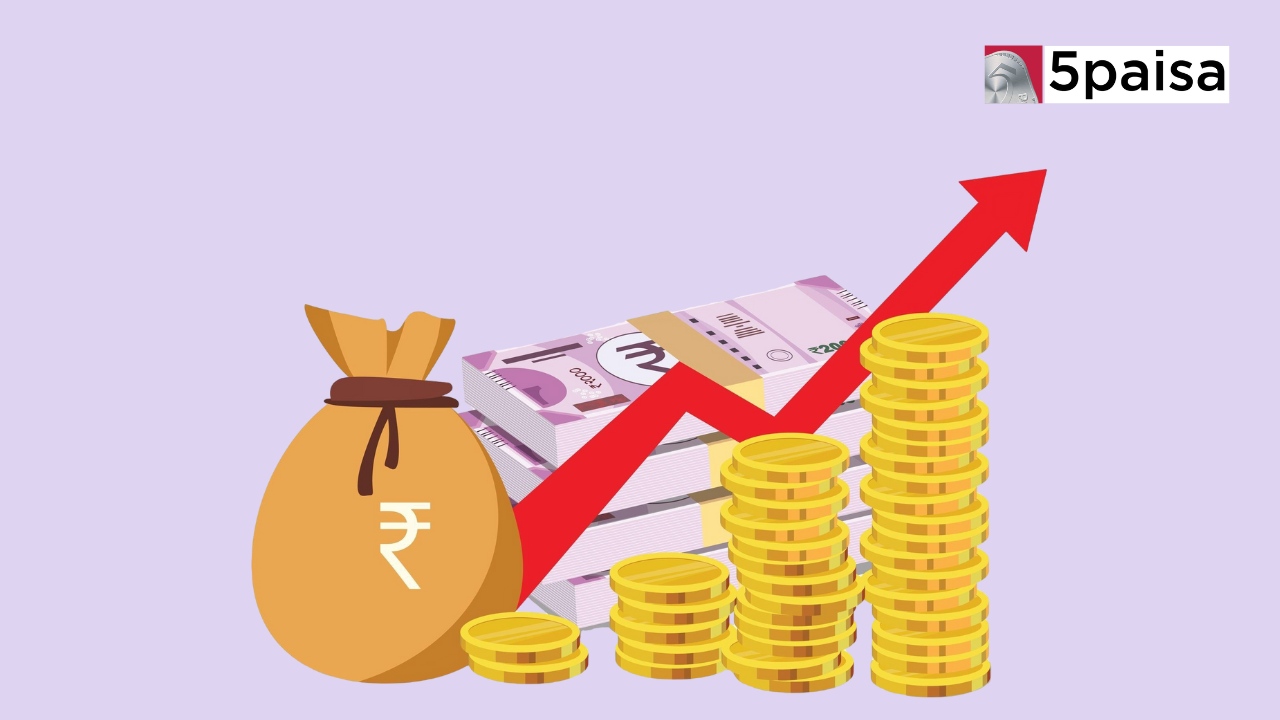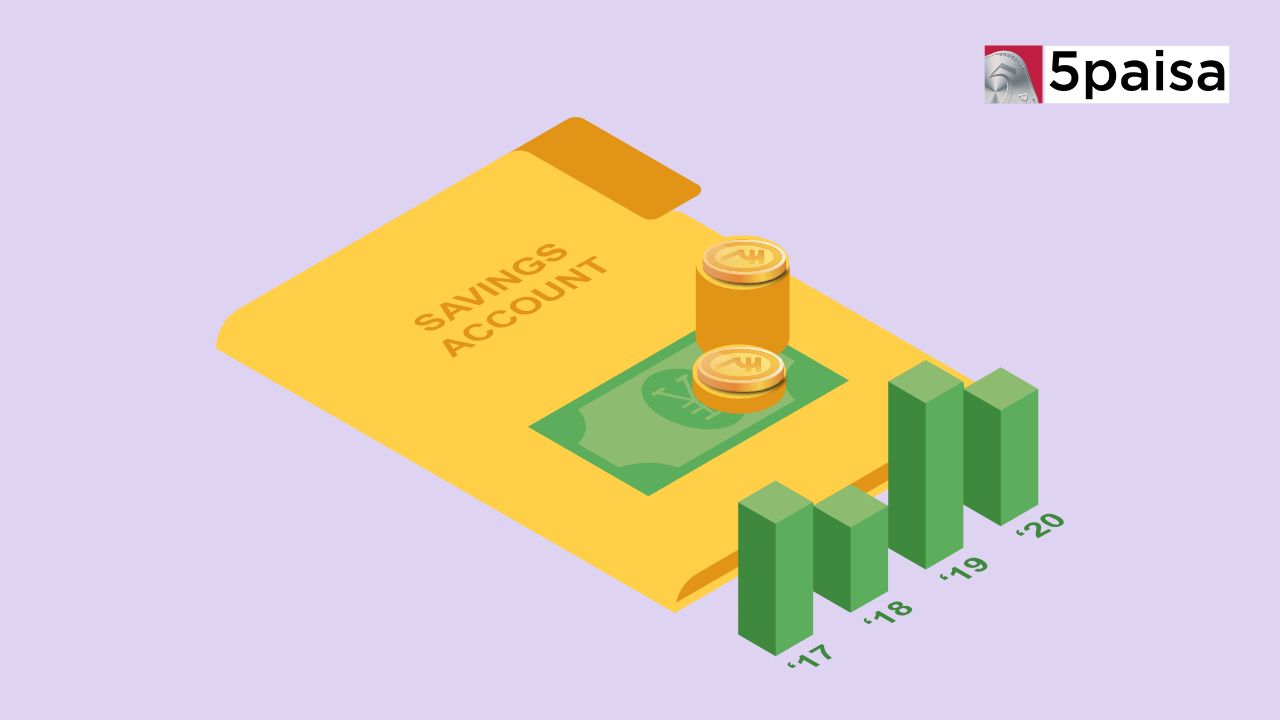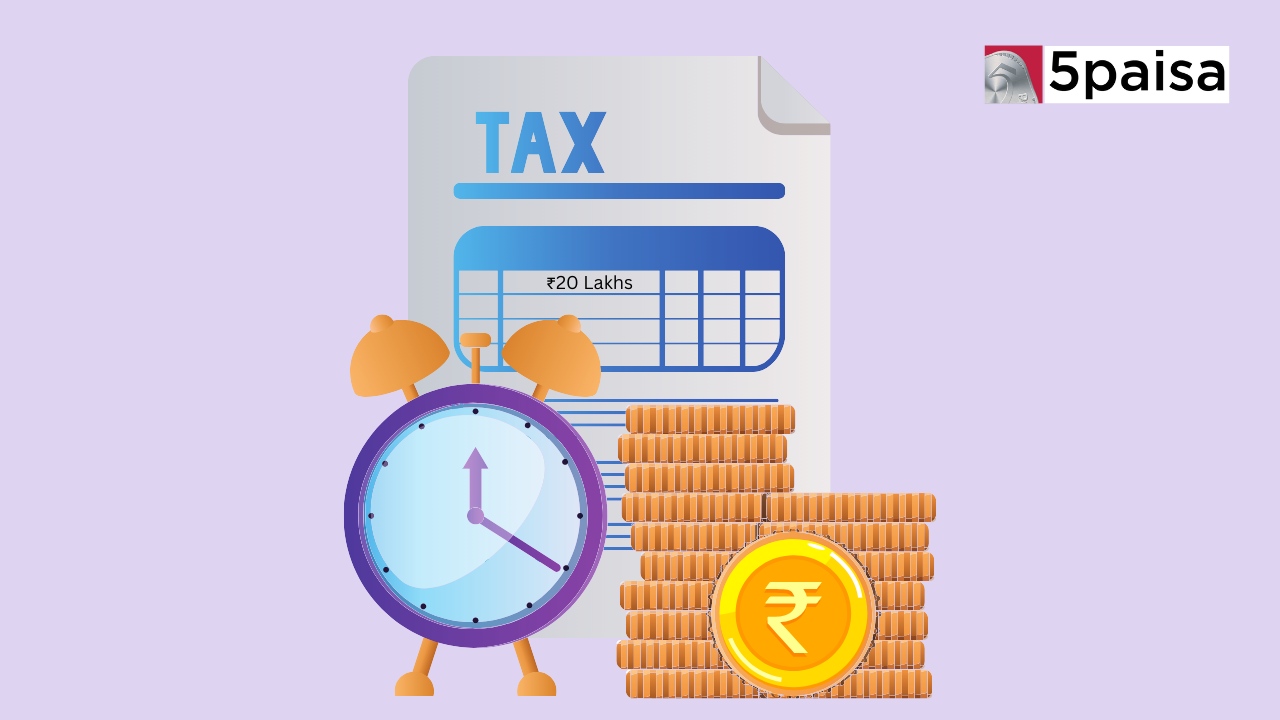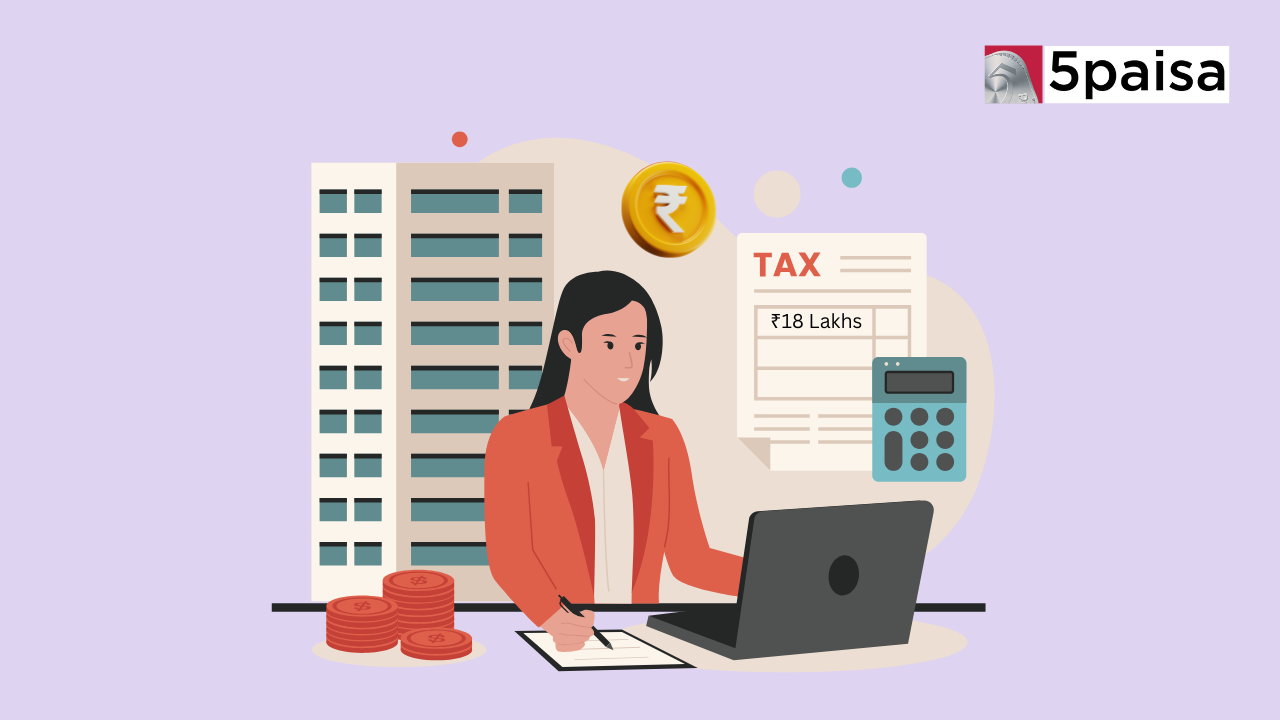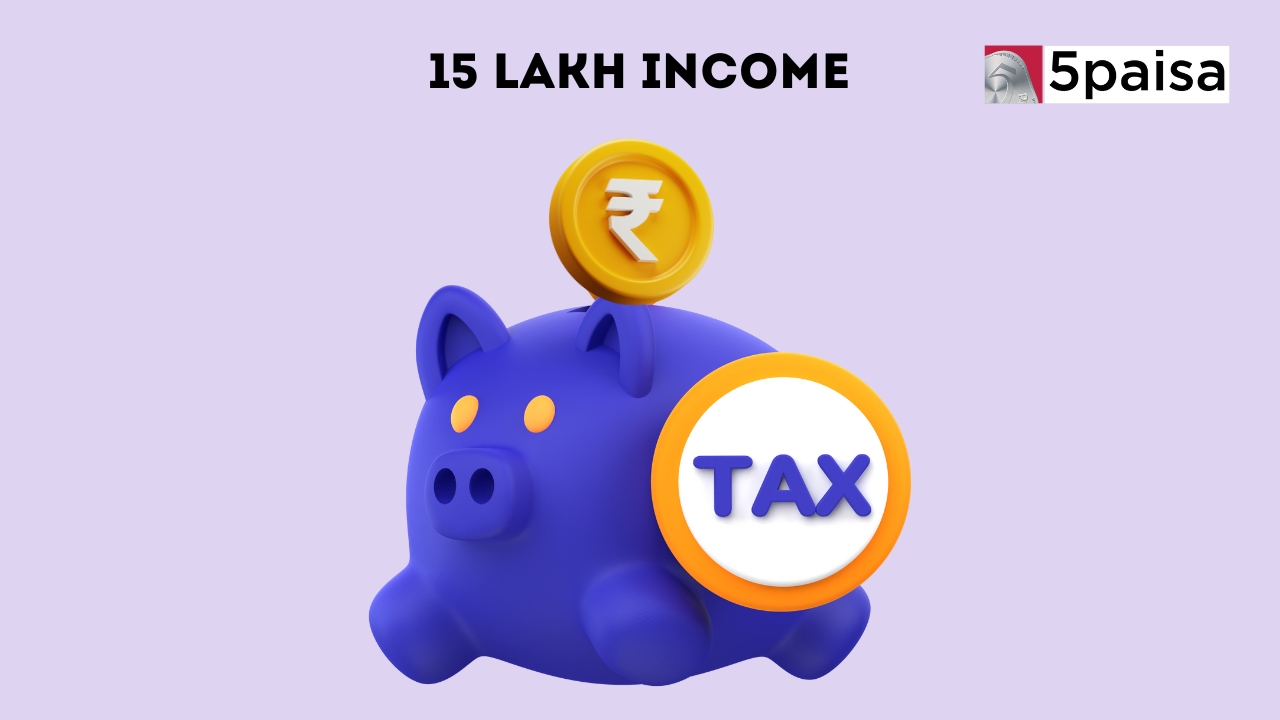What is repo rate and how is it affecting home loans in India?
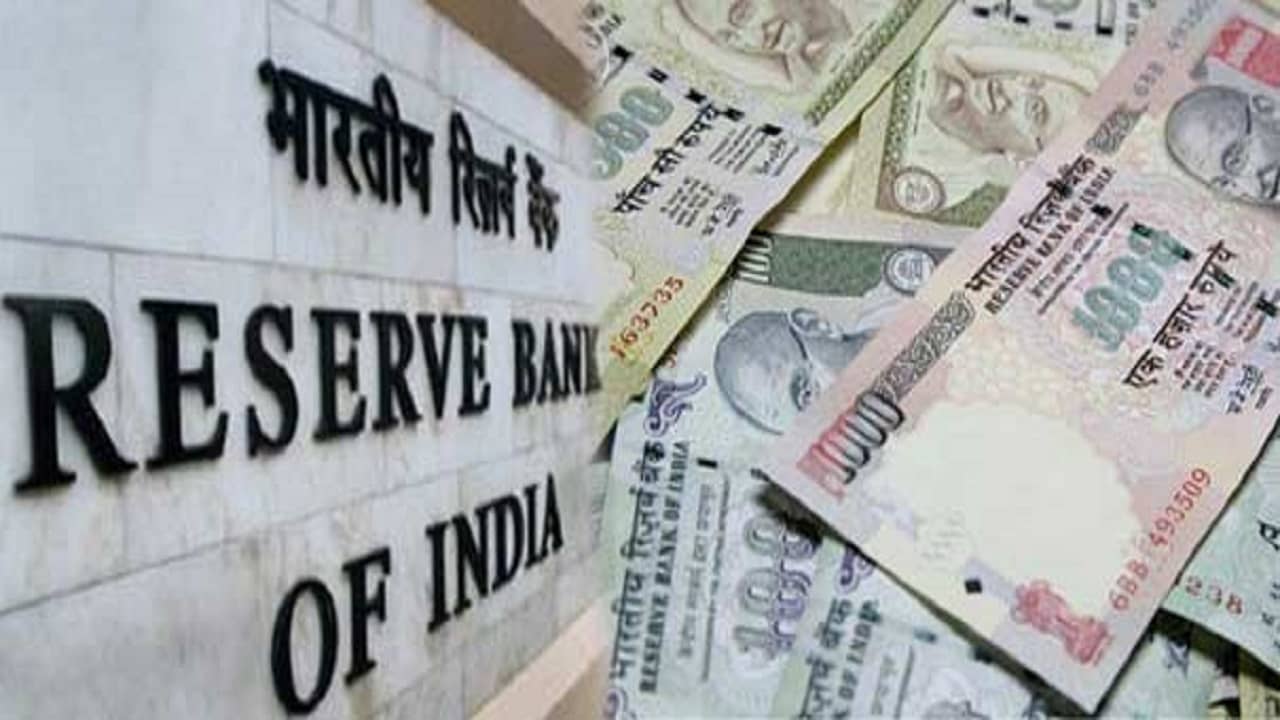
Last Updated: 12th October 2023 - 06:24 pm
Earlier this month, the Reserve Bank of India (RBI) raised its benchmark lending rate—also known as the repo rate—for the sixth time on the trot over the past year.
The repo rate now stands at 6.5%, up from 6.25% previously, and indications are that India’s central bank could go in for another rate hike sometime this year, before finally hitting the pause button on more rate increases.
Each time the RBI raises its prime lending rate, the cost of borrowing for businesses and individuals alike goes up. This effectively means that a customer has to pay more in interest for the same amount of money borrowed for say a home loan or an auto loan or even as a personal or a gold loan.
But before we get into how the repo rate impacts your home loan, what exactly is the repo rate in the first place?
Repo rate
The repo rate, short for the repurchase rate, is the rate at which the RBI lends money to commercial banks. When the RBI wants to control the money supply in the economy, it adjusts the repo rate.
If the repo rate is increased, it becomes more expensive for commercial banks to borrow from the RBI. This reduces the money supply in the economy. If the repo rate is lowered, it becomes cheaper for commercial banks to borrow from the RBI. This increases the money supply in the economy.
Another related term is the reverse repo rate. As the name suggests, it is the opposite of the repo rate. In simple words, the reverse repo rate is the rate at which the RBI borrows money from commercial banks. The reverse repo rate is currently at 3.35%, where it has stayed since May 2020.
Impact on home loans
So, how does the increasing or lowering of the repo rate affect home loan rates in India?
The repo rate has an indirect impact on home loans in India. Banks and non-banking finance companies (NBFCs) use the repo rate as a benchmark to set their own lending rates. When the repo rate is increased, banks and NBFCs tend to increase their lending rates, making it more expensive for borrowers to take out loans, including home loans.
On the other hand, when the repo rate is lowered, banks and NBFCs may lower their lending rates, making it more affordable for borrowers to take out loans.
To sum it up, the repo rate set by the RBI has an impact on the interest rates that banks charge for loans, including home loans. When the repo rate is raised, it becomes more expensive for banks to borrow from the RBI. Conversely, when the repo rate is lowered, banks may lower their lending rates.
So, what can you the borrower do in the wake of rising home loan rates?
Between May 2022 and February 2023, the RBI has raised the repo rate from 4.0% to 6.5%. This has impacted the customer negatively as their cost of borrowing for buying a new home has gone up significantly. In fact, before the recent spate of rate hikes, home loans in India had become quite inexpensive, encouraging thousands of middle-class as well as lower middle-class households to go in for a home loan across even small Indian towns and cities, in a bid to try and be able to afford a small home of their own.
But following the rate hikes, the EMI burden has skyrocketed for borrowers.
Experts of the home loan industry say that when banks and financial institutions increase their lending rates not only do the new loans become expensive, but the existing loans also become expensive. This can have a significant impact on an individual’s monthly budget.
Experts say to bring down the total interest cost, borrowers should adopt a few key strategies.
Repay loans using annual bonus and other incentives: Experts say that borrowers should use the annual bonus payouts given by their employer, and any other cash handout, to partially repay their home loans. Not only will a lump sum payment help bring down the overall loan burden, it will also help reduce the overall interest cost, as the part of the principal repaid will not attract any more interest. In the case of home loans the big portion of the repayment goes towards interest charges. Increasing interest rates are not, therefore, great news for borrowers. In order to mitigate this, one can opt for a longer-duration loan to reduce the EMI amount. Any surplus/bonus income received should ideally be diverted to further reduce your loan outstanding balance. In this case do not change the EMI amount but reduce the tenure.
Increase EMI each year: If you are a salaried employee, you might be getting an increment every year. You can use some of that additional money to partly pre-pay some of your home loan by increasing your EMI say by 5% each year. Not only will this bring down your home loan tenor, it will also help save on the overall interest cost as the principal amount repaid will not attract any further interest going forward.
Pay one additional EMI each year: Experts say that as a borrower it would help if you were to try and pay one additional EMI each year. This will help the borrowers save up significantly on the interest cost over the course of the tenor of the home loan. In fact, since more of the principal and interest would be pre-paid each year, the tenor itself will come down and the loan can be closed much sooner than earlier agreed upon.
So, these are some of the ways in which a borrower can try and mitigate the impact of rising home loan rates that are going up as a consequence of the RBI raising its repo rate.
- Flat ₹20 Brokerage
- Next-gen Trading
- Advance Charting
- Actionable Ideas
Trending on 5paisa
Personal Finance Related Articles
Disclaimer: Investment in securities market are subject to market risks, read all the related documents carefully before investing. For detailed disclaimer please Click here.
 Sachin Gupta
Sachin Gupta
 5paisa Research Team
5paisa Research Team
